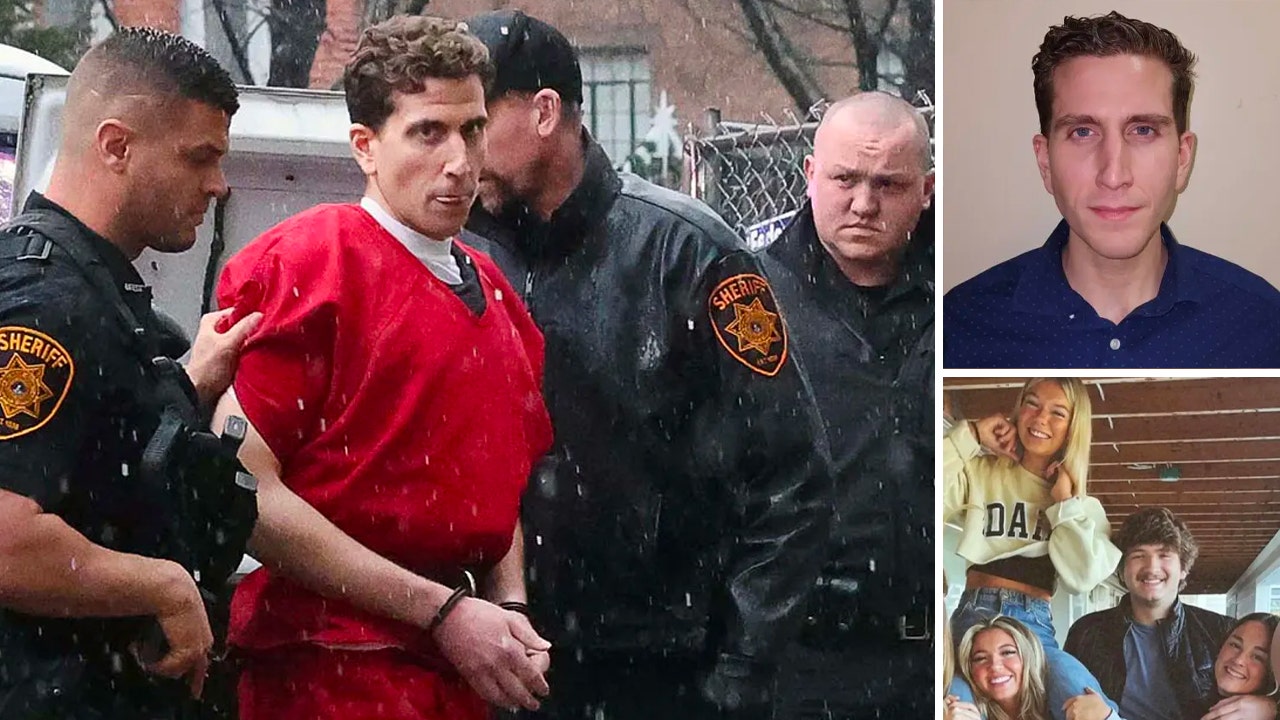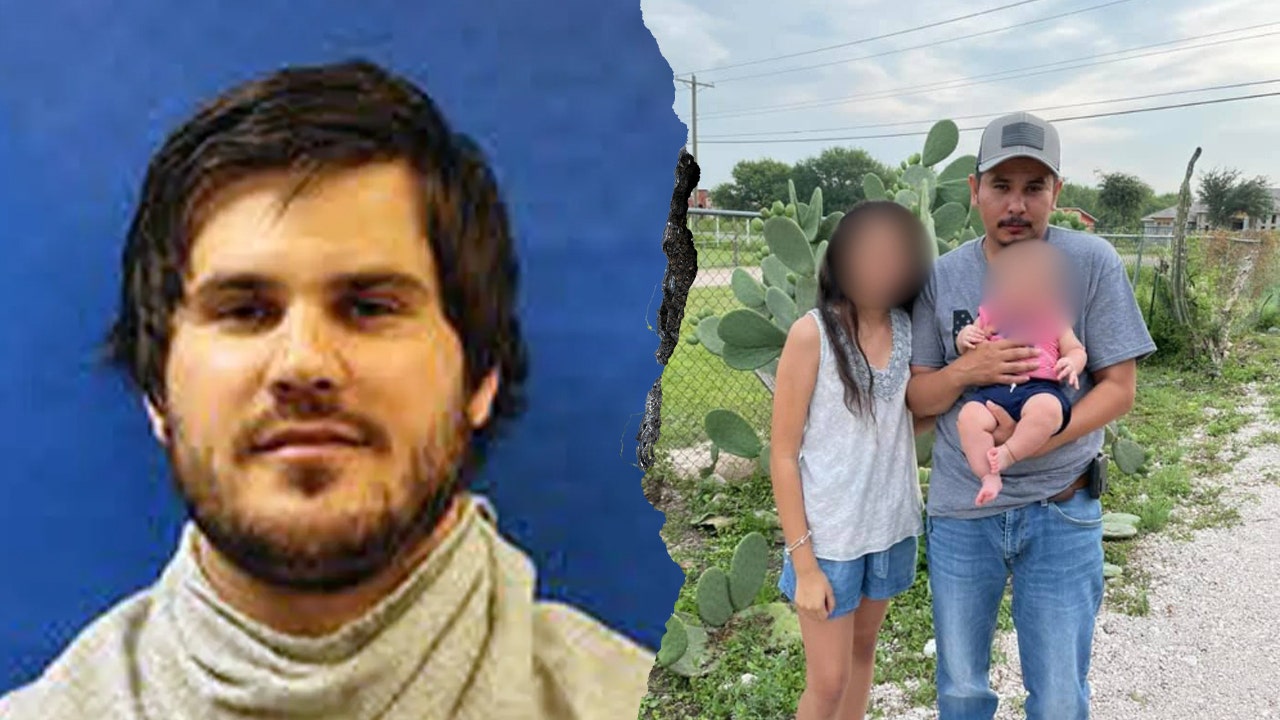Posted on Tuesday, April 15, 2025
|
by AMAC, D.J. Wilson
|
0 Comments
|
Driving while drowsy is a dangerous practice that can lead to motor vehicle accidents. Take our quiz to find out how much you know about this relevant topic.
1.) Which of the following is the best way to counteract driver fatigue?
- Cranking up the radio
- Opening the car windows
- Stopping somewhere safe and taking a nap
- Turning up the dashboard lights
2.) Which are warning signs of driver fatigue?
- Heavy eyelids or frequent blinking
- Not remembering driving the last few miles
- Difficulty maintaining steady speed
- All of the above
3.) Should you feel tired behind the wheel, which should you avoid doing?
- Switching drivers
- Driving faster to get home
- Pulling over to a safe location
- Making regular stops to break up monotonous driving
4.) Which group is higher risk of drowsy driving?
- Commercial drivers
- Night or long shift workers
- Drivers with sleep disorders
- All of the above
5.) Which statement is false?
- A significant portion of drowsy driving crashes involve drivers who are driving alone.
- Drowsy driving is a myth.
- During drowsy driving, brief lapses of alertness can cause people to drift off the road.
- Young drivers aged 16 to 25 are more susceptible to drowsy driving.
6.) What is the term for a sudden temporary episode of sleep or drowsiness?
- Microsleep
- Macrosleep
- Catnap
- REM
7.) Per NHTSA, how many adults admit to having driven while drowsy?
- 1 in 10
- 3 in 10
- 6 in 10
- 9 in 10
8.) Being awake for 20 hours without sleep induces impairment equal to a blood alcohol level of what?
- 0.04
- 0.08
- 0.10
- None of the above
9.) Which statement is untrue?
- Over 100,000 crashes each year are caused by drowsy driving, resulting in over 71,000 injuries and an estimated 6,400 deaths.
- All 50 states plus Washington D.C. are mandated by federal law to have active drowsy driving legislation or face steep penalties.
- Drowsy driving results in an estimated $12.5 million in damage annually.
- Roughly one-third of adults in the U.S. consistently sleep less than the
10.) Which problems are associated with drowsy driving?
- Slowed reaction time
- Decreased alertness
- Difficulty focusing
- All of the above
Answer key & brief explanation
1.) C. Stopping somewhere safe and taking a nap is the best choice. The other methods are not proven to counteract driver fatigue.
2.) D. All of the symptoms listed can signal driver fatigue.
3.) B. Don’t drive faster to get home. It is better to switch drivers, pull over to rest, or make frequent stops to break up monotonous drives.
4.) D. All of the above. Each group listed is at increased risk of drowsy driving.
5.) B. Drowsy driving is NOT a myth. Driving while sleepy is a reality and something people must avoid doing.
6.) A. The correct answer is microsleep. This term is frequently used to describe the sudden onset of sleep while driving.
7.) C. 6 in 10 is the answer. This number highlights the significance of the problem.
8.) B. 0.08 is correct. Drowsy driving is a serious problem that can be compared to drunk driving.
9.) B. There is no single federal law enforcing drowsy driving legislation.
10.) D. All of the above is correct. Drowsy driving makes it hard to react and stay alert and focused.
Read the full article here










